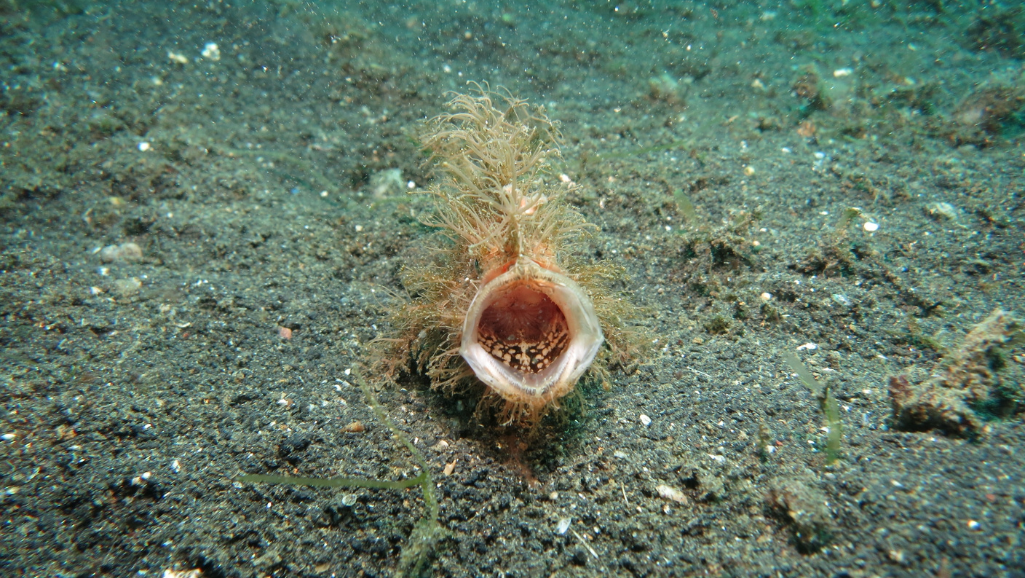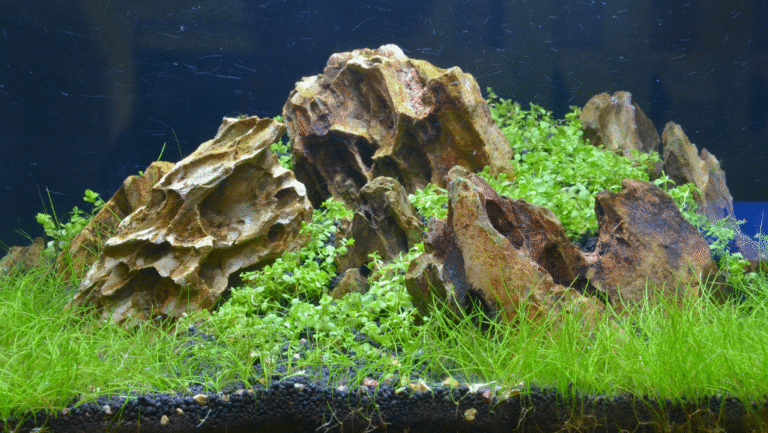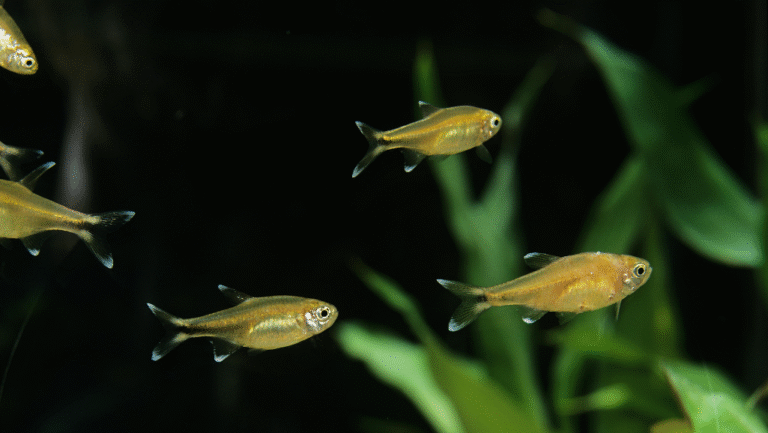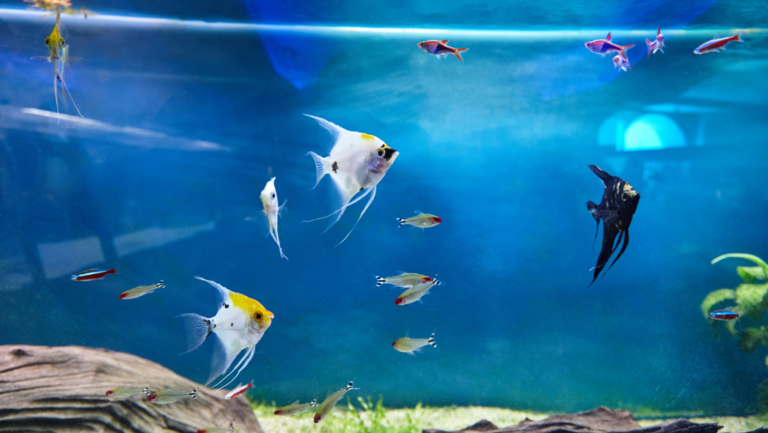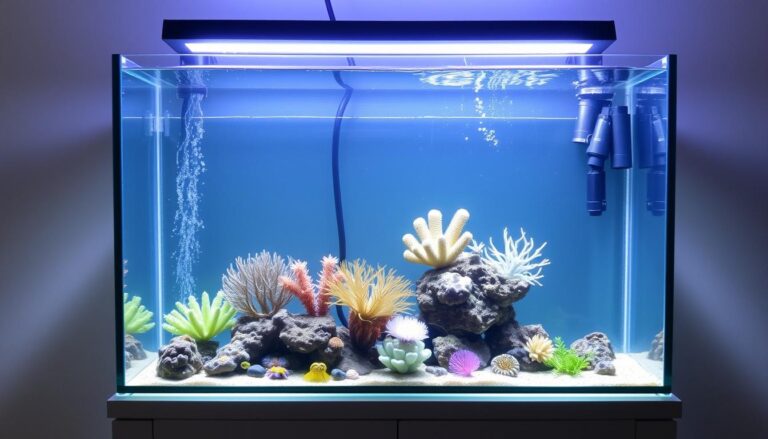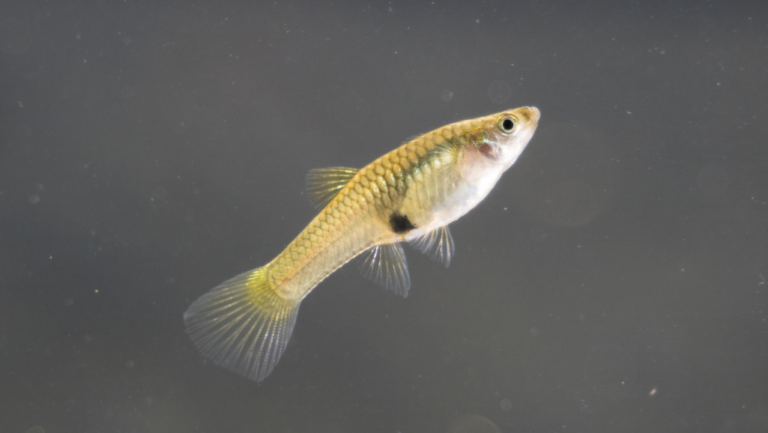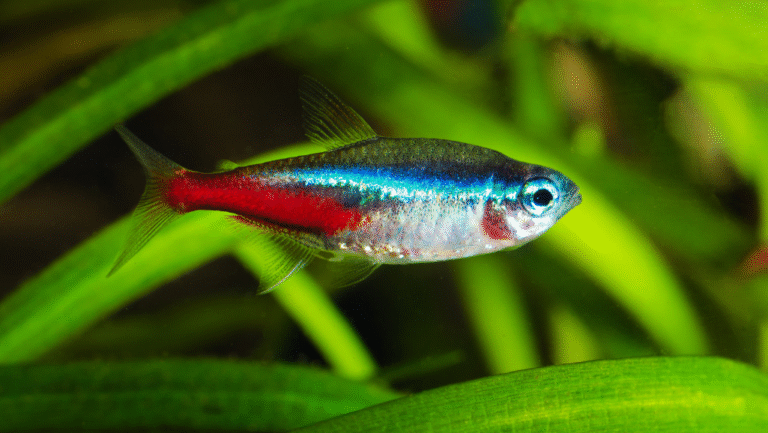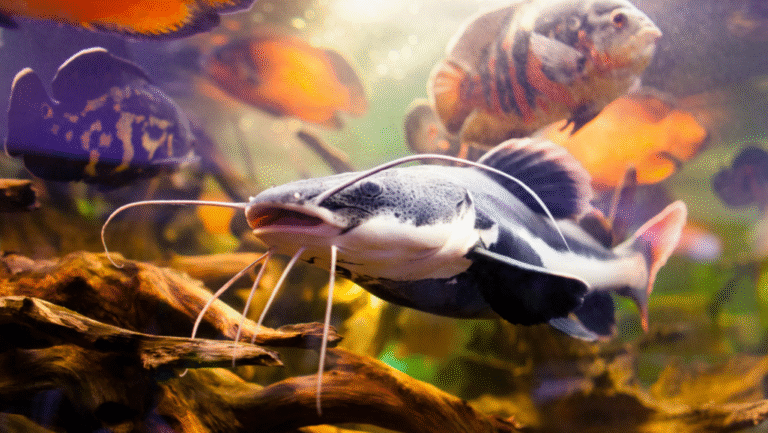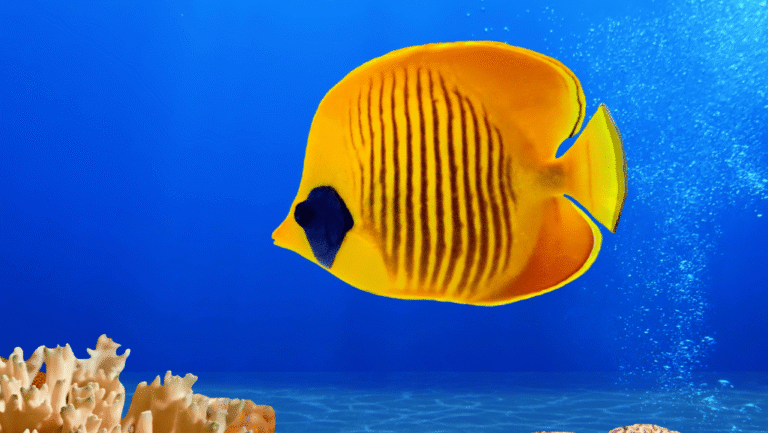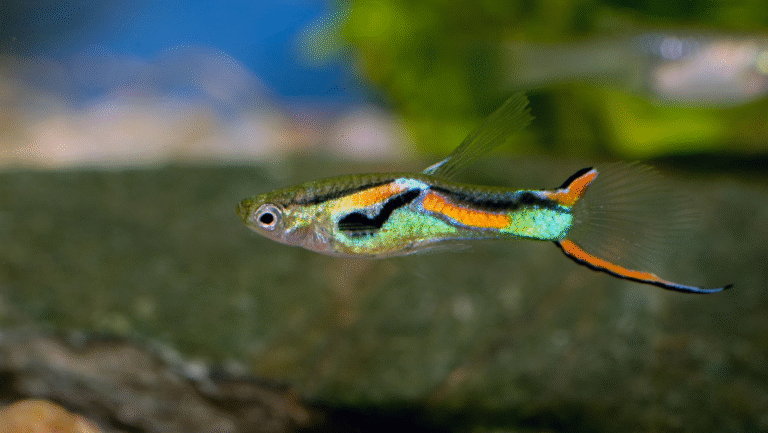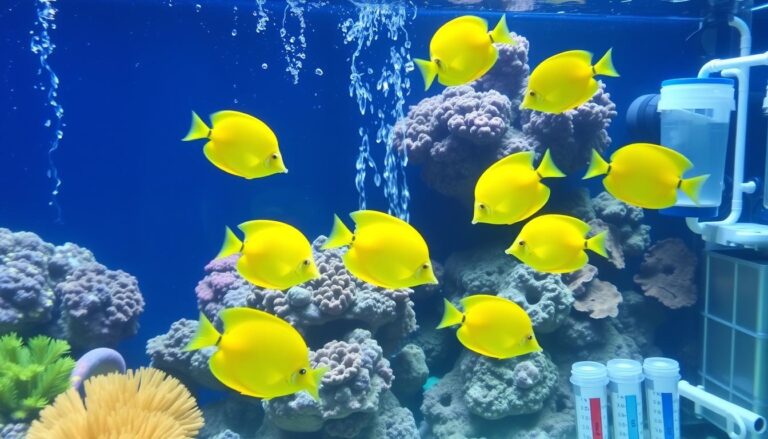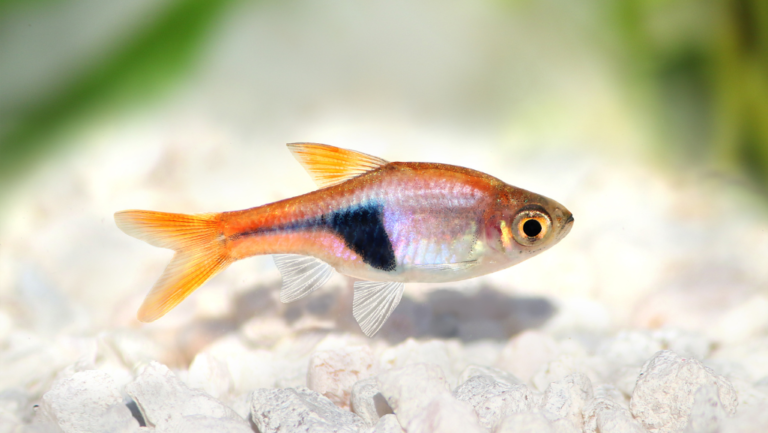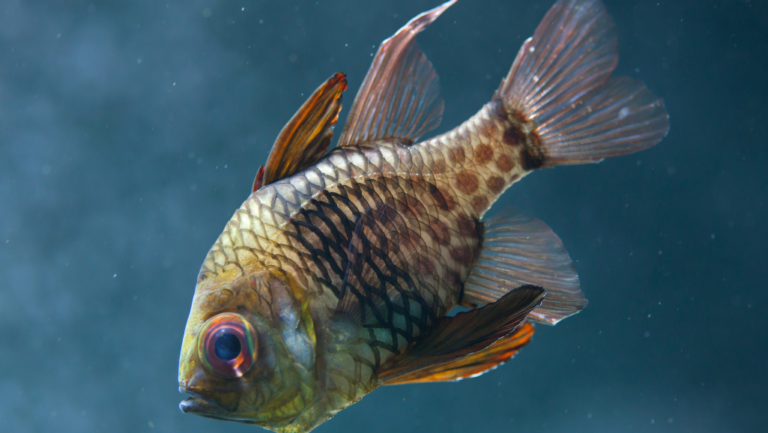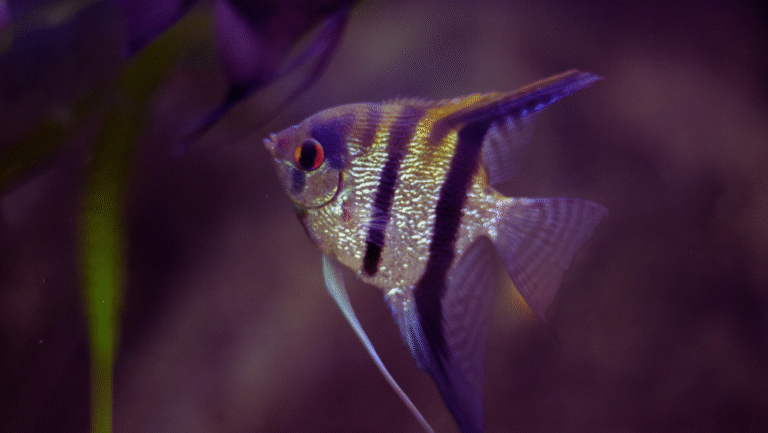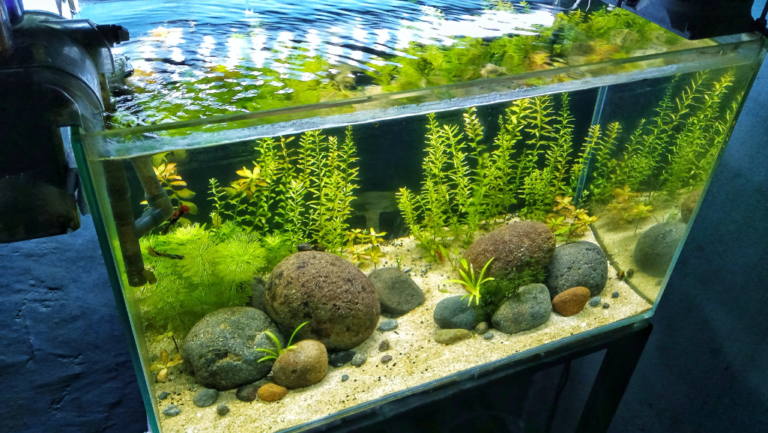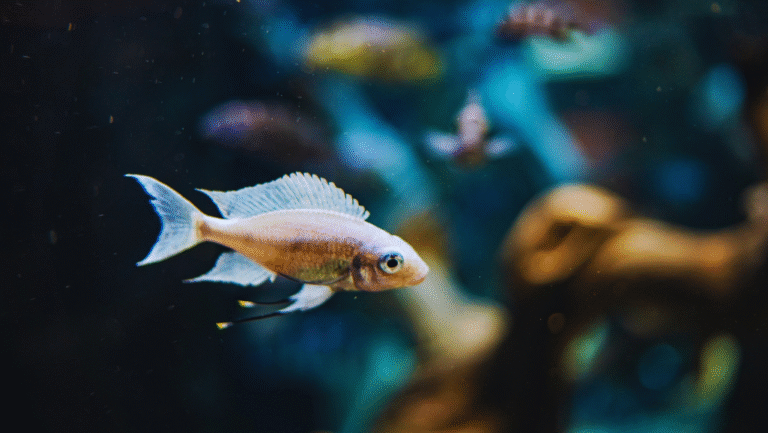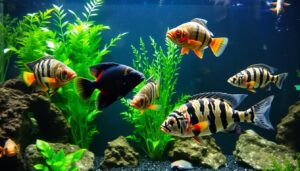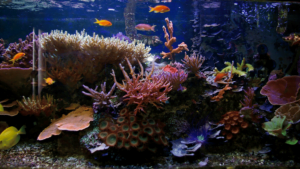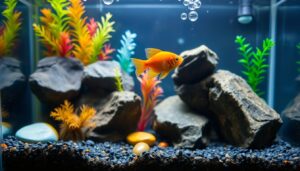Transform your aquarium into a living showcase with a striking angler fish tank that blends drama and calm. These ambush predators bring bold colors, clever camouflage, and a unique lure that makes feeding time a show.
Simple habitat choices lead to healthy behavior. Provide live rock structure, stable water parameters, and thoughtful aquascaping to let natural hunting and perching shine from day one.
Our curated selection ranges in size and style, from compact specimens to larger display pieces. Pricing is transparent, with special sale highlights and verified customer reviews to guide confident choices.
Key Takeaways
- Visual impact: These species make a centerpiece for modern saltwater displays.
- Habitat basics: Stable parameters and complex rockwork support natural behavior.
- Species variety: Multiple colors and sizes suit different display goals.
- Smart buying: Read verified reviews and check sale pricing before checkout.
- Ongoing care: Proper feeding and compatibility keep your specimen thriving.
Bring the Deep to Your Home Aquarium with an Angler Fish Tank
Create a focal point that draws attention: a creature shaped by camouflage and cunning. These ambush specialists turn everyday aquascapes into living theater.
Why anglers and frogfish captivate marine keepers
The living lure (esca) and expressive fins make these animals endlessly watchable. Their slow, stealthy movements contrast with sudden strikes, offering a cinematic display you can enjoy from your couch.
From reef rock perches to ambush elegance
They prefer ledges, arches, and sheltered points on live rock where they wait motionless. Gentle flow and stable water let them rest and hunt naturally.
Many specimens shift color over time to match their surroundings, so your scape becomes part of their evolving display.
Shop with confidence: verified reviews and rewards
Read verified customer reviews to learn about first-day feeding and long-term compatibility. Use PETE’S POINTS & REWARDS to offset costs for livestock, foods, and gear.
“Choosing the right starting size helps you meet your vision — grow a juvenile or pick a mature centerpiece.”
- Consider size: pick small, medium, or large based on your display goals.
- Watch sales: select sale windows for rare color morphs without overspending.
- Value: verified feedback and rewards programs make confident buys easier.
Shop angler fish tank essentials and anglers for sale
Find standout specimens and essential gear that make your display sing. Our selection highlights vivid color morphs and clear pricing so you can buy with confidence.
Popular species and color range
Browse varieties from classic Black and Yellow to specialty Red, Warty, Sargassum, and Blotched. The premium White morph is also available for standout displays.
Price range and current sale
Transparent pricing spans $129.99 to $459.99. Notable discounts include Red listings reduced to $129.99 and Warty frogfish on sale now for $129.99.
Size options and approximate purchase size
Choose the right starting size: Small (1–2″), Medium (2–4″), or Large (4–6″). Select options on each product page let you lock in the color and size you want.
Limited availability
Stock changes daily. Popular sale lots move fast and premium morphs like the White may show sold-out status. Act quickly when you see a match for your display.
“Transparent pricing and select options make it easier to secure the exact color morph and size you need.”
- Range: focused color and pattern choices.
- Buy smart: note sale dates and select options.
- Plan: match size to your aquascape for best results.
Angler fish tank setup guide for a thriving aquarium
Start with a system built for stability: roomy volume, lots of live rock, and gentle flow make the difference between a stressed specimen and a confident display resident.
Recommended size and live rock
Plan for at least a 30-gallon aquarium to keep water quality steady and to allow generous rockwork. Larger size improves parameter resilience and gives more aquascaping options.
Use abundant live rock to form ledges, caves, and perches. These structures let the animal rest, stalk, and blend in naturally.
Filtration, flow, and stable parameters
Choose quiet, efficient filtration that maintains oxygen without creating harsh currents. Ambush predators prefer calm zones where they can perch without being buffeted.
Aim for steady temperature and salinity with low nutrients. Stability matters more than ultra-low readings for long-term health.
Aquascape tips and essential supplies
Build rounded rock edges, secure stacks, and soft sand beds so the angler can reposition safely. Offer multiple perches at varied heights for viewing and retreats.
- Reliable heaters and test kits
- Gentle wave makers and quiet filters
- Secure rockwork and soft substrate
“A well-planned layout reduces stress and highlights natural behavior.”
Feeding and care: from first-day meals to long-term health
Feeding your newcomer well on day one sets the tone for months of confident care. Offer live saltwater feeder shrimp immediately to trigger the strike response and establish a routine.
Transition gradually. Over days to weeks, introduce meaty prepared options like frozen silversides, shrimp, and squid. Use feeding tongs or target delivery so other aquarium inhabitants don’t get confused.
- Match portion size to mouth gape and body condition; aim for a full but not distended look.
- Keep consistent cues—same location, tools, and timing—to build reliable strike behavior.
- Practice restraint: overfeeding can be fatal. One hobbyist reported a specimen harmed after heavy smelt, beef heart, and squid feedings.
Monitor predation risk even when satiated. Reports confirm these predators will eat small tankmates they can swallow, including 1–2″ clown reef fish. Maintain clean tools and discard uneaten food promptly to protect water quality.
“A predictable, careful feeding plan preserves health and keeps your display thriving.”
- Quick tip: freeze-thawed silversides and squid often convert quickly.
- Purchase note: consider size when you buy—feeding needs scale with body size and appetite; check current sale listings for specimen options.
Compatibility and stocking: choosing the right tank mates
Compatibility hinges on more than will and whim. Consider mouth gape, adult size, temperament, and how your layout breaks sightlines. Thoughtful planning helps everyone coexist and keeps your display dramatic, not tragic.
What not to include
Avoid small schooling species and ornamental crustaceans. Anything that can fit into the mouth is at risk, regardless of feeding routine. Reports show 1–2″ clownfish may be taken, and common cleaners are often eaten.
Aggressive companions that can work in a larger aquarium
In bigger systems, choose robust, equally assertive mates. Experienced keepers pair specimens with Lionfish, Lunare Wrasse, Emperor Angelfish, Triggerfish, and Hogfish when territories and sightlines are managed.
- Factor in final size and growth—juveniles can mislead you.
- Provide multiple rock pillars and visual breaks to reduce constant encounters.
- Target-feed residents to limit opportunistic predation during meals.
“Introduce lower-risk livestock first and finish with the ambush predator to cut territorial stress.”
- Observe night behavior; ambush instincts can spike after dusk.
- Have exit plans ready—acclimation boxes or backup systems save livestock if mismatches occur.
Fast shipping, rewards, and seasonal sale offers
Fast, reliable delivery helps you time arrivals for quarantine, aquascaping, and a calm introduction. Plan orders so gear and livestock arrive when your system is ready.
Free UPS shipping on qualifying orders
Enjoy Free UPS shipping within the United States on orders above $149.99. This makes it easier to consolidate gear, foods, and specimens in one shipment.
Two-day sale: Last Wave of Summer Deals
Two-day sale: take 20% off with code LASTWAVE at checkout. Act fast—popular items often sell out during this short promotion.
- Plan your cart around the free shipping threshold to save on freight and time.
- Combine rewards with the sale code to stretch your budget across livestock and supplies.
- Check inventory multiple times during the promotion; stock can refresh during the sale day.
- Consider specimen size choices when scheduling delivery to match quarantine space and acclimation plans.
“Use LASTWAVE before the sale ends to lock in savings on centerpiece specimens and last-mile supplies.”
Conclusion
Finish your project with a centerpiece that rewards patience and thoughtful planning. An angler fish chosen for color adaptation and correct size will bring steady, evocative behavior to your display.
Plan the layout, match the size to your viewing goals, and pick a specimen from the available range. Build ample live rock, keep parameters stable, and prepare feeding routines before arrival so the transition is smooth.
Use verified reviews and reward points to guide purchases. Stock up on essential supplies and schedule deliveries around the Free UPS shipping threshold and the LASTWAVE sale to save.
Act fast when a preferred specimen appears—prepared systems and the right supplies help you welcome the fish and create a calm, striking aquarium centerpiece.



